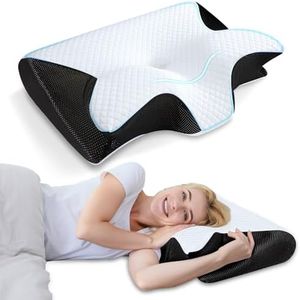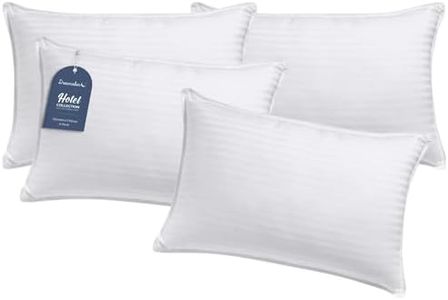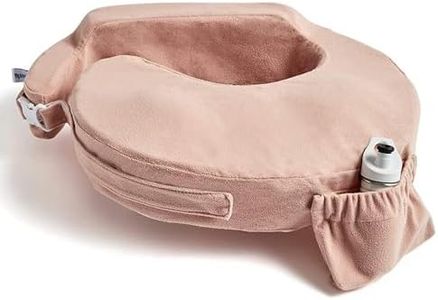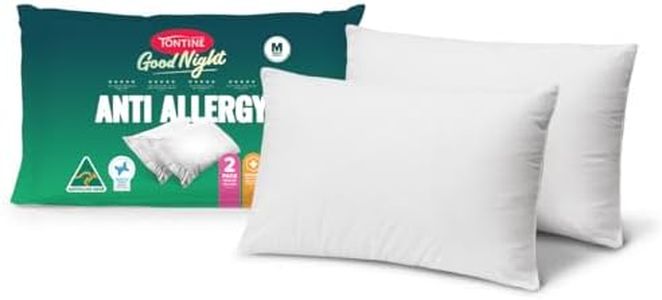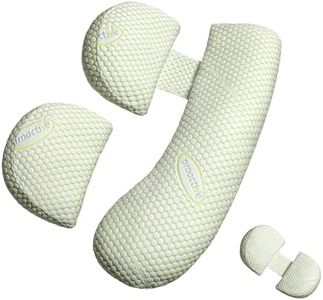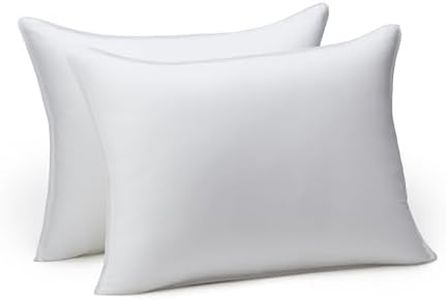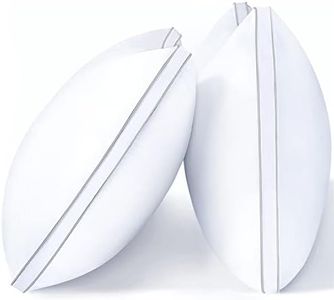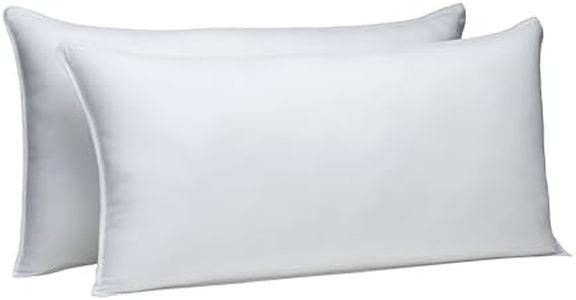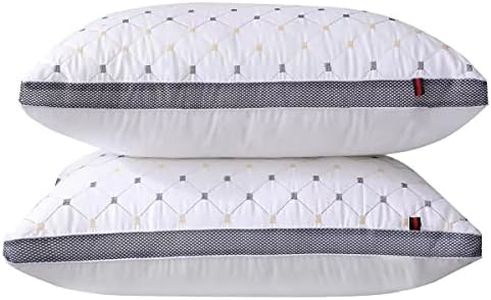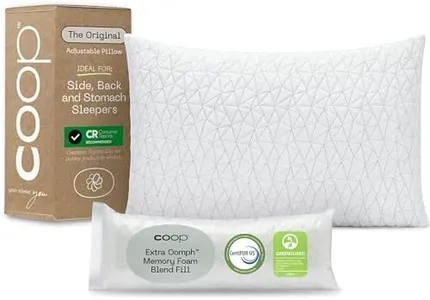We Use CookiesWe use cookies to enhance the security, performance,
functionality and for analytical and promotional activities. By continuing to browse this site you
are agreeing to our privacy policy
10 Best Pillows
From leading brands and best sellers available on the web.Buying Guide for the Best Pillows
Choosing the right pillow can make a big difference in your sleep quality and comfort. The perfect pillow supports your head and neck, aligning your spine according to your chosen sleep position. Start by considering how you sleep most often, if you have allergies, and whether you prefer a plush or firm feeling under your head. Exploring these aspects will help you pick a pillow that meets your needs and promotes restful sleep.Fill MaterialFill material refers to what’s inside the pillow, and it greatly affects the feel, support, and durability. Common options include memory foam, down, feather, polyester fiber, and latex. Memory foam offers good support and molds to your shape, which can be helpful if you need precise neck support. Down and feather are softer and fluffier, ideal if you love a plush feel, but these may not be suitable for allergy sufferers. Polyester is affordable and hypoallergenic, though it may not last as long. Latex is supportive and durable but has a firmer feel. Choose the fill that matches your comfort preference and any sensitivities you may have.
Loft (Height or Thickness)Loft is the thickness or height of a pillow, and it plays a crucial role in keeping your spine aligned. Pillows come in low, medium, and high lofts. Back sleepers usually need medium loft to maintain natural alignment, while side sleepers might prefer high loft for extra support between head and shoulder. Stomach sleepers often need low loft to prevent their neck from being strained. Think about your main sleeping position to guide your choice—the goal is to keep your head and neck in a comfortable, neutral position.
Support LevelSupport level refers to how much firmness and structure the pillow offers. Firm pillows provide more support and are often better for side sleepers who need to keep their neck and spine straight. Softer pillows allow more sink-in and can be better for stomach sleepers, while medium support suits back sleepers for gentle cradling. Choose your support level based on how much lift and structure you need to feel comfortable without waking up with pain or discomfort.
Allergen ResistanceSome people are allergic to materials like down or react to dust mites that can collect in pillows. Allergen-resistant pillows are made from hypoallergenic materials and are designed to reduce the buildup of allergens. If you have allergies or asthma, look for pillows labeled as hypoallergenic or made from synthetic fills, and consider those with removable, washable covers to help you keep them clean and fresh.
AdjustabilityAdjustable pillows contain a zippered cover that allows you to add or remove fill material. This feature lets you customize both the loft and firmness to your liking. If you’re unsure about your preferences or want the flexibility to change support over time, an adjustable pillow could be a great fit as it adapts to different sleep positions or changes in needs.
Cooling PropertiesSome pillows are designed to stay cool and wick away heat, making them a good choice for people who tend to sleep hot or live in warm climates. These pillows might have specialized fabrics or breathable fillings. If you often wake up feeling too warm or sweaty, prioritize pillows with cooling technology to help you stay comfortable through the night.
Shape and SizePillows come in standard, queen, and king sizes, as well as specialty shapes like cervical rolls or contoured ergonomic designs. The size should match your bed and your personal preference for surface area. Special shapes can help address specific issues, like neck pain or better alignment, so if you have particular support needs, consider one of these options. Otherwise, just pick the size that feels right for you and fits your pillowcase.
